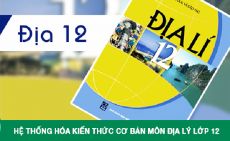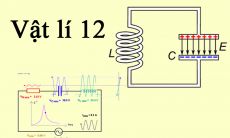Read the following passage and mark the letter A, B, C, or D on your answer sheet to indicate the correct answer to each of the questions from 43 to 50.
Psychologists who study information processing have identified and described several memory
structures that clarify how our memory works. They include the sensory register, short-term memory, and long-term memory. Each structure varies as to how much information it can hold and for how long. A description of how human process information typically begins with environmental stimuli. Our sense receptors are constantly stimulated by visual, auditory, tactile, olfactory, and gustatory stimuli. These experiences are initially recorded in the sensory register, so named because information is thought to be encoded there in the same form in which it was perceived. The purpose of the sensory register is to hold information one to three seconds. Information not recognized or otherwise selected by us disappears from the system. The sensory register can hold about twelve items of information at a time. Typists make extensive use of the sensory register in order to remember words just long enough to get them typed. If no further processing takes place, a typist’s ability to recall that information later is minimal. Similarly, most of us have had the experience of reading an entire page of text, only to discover when we got to the bottom of the page, we couldn’t say anything about it except that we had indeed “read” every word. Once information has been recognized as meaningful, it is sent to short-term memory. In this case, short-term is approximately 20 seconds, while this may seem surprising, it can be easily demonstrated. If you were asked to dial an unfamiliar phone number, received a busy signal, and were then distracted by something or someone else for 15 to 20 seconds, chances are you would have forgotten the number at that point. Short-term memory is often referred to as “working” memory.
Most cognitive psychologists believe that the storage capacity of long-term memory is unlimited and contains a permanent record of everything an individual has learned and experienced. Information is encoded there to enhance its meaningfulness and organization so that it can be easily retrieved when necessary.
What is the purpose of the passage?
Hãy suy nghĩ và trả lời câu hỏi trước khi xem đáp án
Lời giải:
Báo saiTrong câu đầu tiên: Tạm dịch :Các nhà tâm lý học nghiên cứu về quá trình xử lý thông tin đã xác định và mô tả nhiều cấu trúc ghi nhớ cái mà giúp làm rõ trí nhớ của chúng ta hoạt động như thế nào.
>>> Đáp án A : Giải thích quy trình trí nhớ của chúng ta xử lý thông tin
Đề thi thử tốt nghiệp THPT QG môn Tiếng Anh năm 2020
Trường THPT Marie Curie














